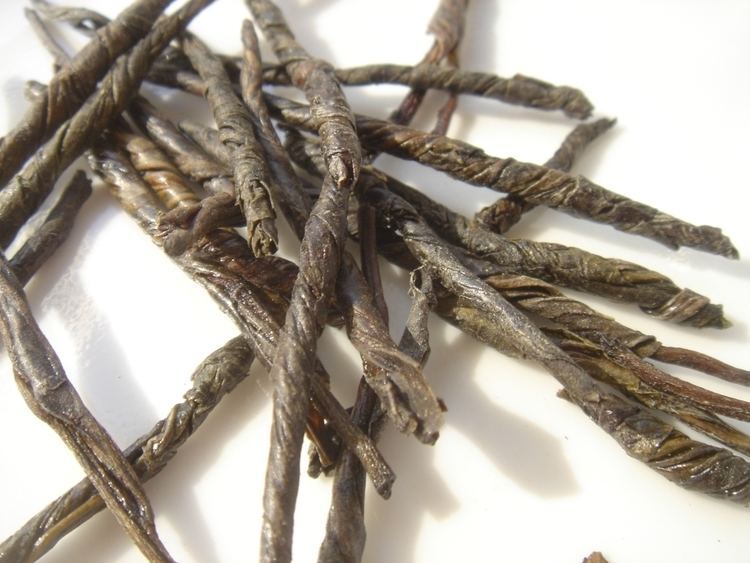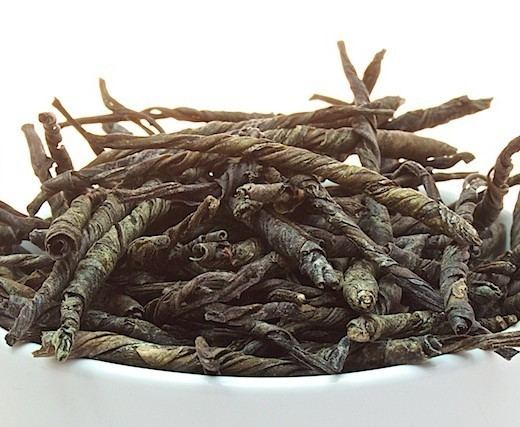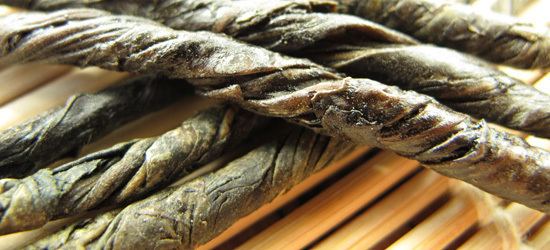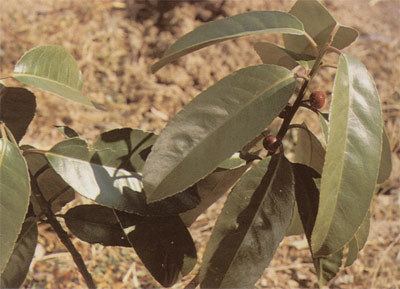 | ||
Similar Flowering tea, Longjing tea, Pu‑erh tea, Oolong, Biluochun | ||
Kuding tea kuding cha steeping in infuser mug
Kuding or ku ding (Chinese: 苦丁茶; pinyin: kǔdīng chá; literally: "bitter nail tea"; pronounced [kʰù.tíŋ ʈʂʰǎ]) is a particularly bitter-tasting Chinese infusion, which due to their similarities in appearance is derived from several plant species. Two most common plants used to make kuding, being the wax tree species Ligustrum robustum and the holly species Ilex kaushue (synonyms: Ilex kudingcha) plant, the former being more commonly grown in Sichuan and Japan while the latter is most commonly grown and used in the rest of China. This type of tea may be caffeinated if from the Ilex genus, but is caffeine-free if from the Ligustrum genus.
Contents
- Kuding tea kuding cha steeping in infuser mug
- Kuding plus tea infuser teasenz ku ding cha
- Folk medicine
- References

Kuding plus tea infuser teasenz ku ding cha
Folk medicine

The traditional Chinese medicinal properties associated with kuding (and many other plants) include its ability to disperse wind-heat, clear the head and the eyes, and resolve toxin, thus being used for common cold, rhinitis, itching eyes, red eyes, and headache. It is also said to calm fidgets and alleviate thirst, especially when one is suffering from a disease that causes fever or severe diarrhea. It transforms phlegm and alleviates coughing, thus used in treating bronchitis. Finally, it is said to invigorate digestion and improve mental focus and memory.
Some research may suggest that the herb, derived from either Ilex or Ligustrum, promotes blood circulation, lowers blood pressure, and lowers blood lipids, including cholesterol. It has the reputation of preventing deterioration of the heart and brain function and maintaining proper body weight. It has also been found that kuding made from L. robustum has similar anti-oxidative effects to tea in addition to additional anti-inflammatory properties.

